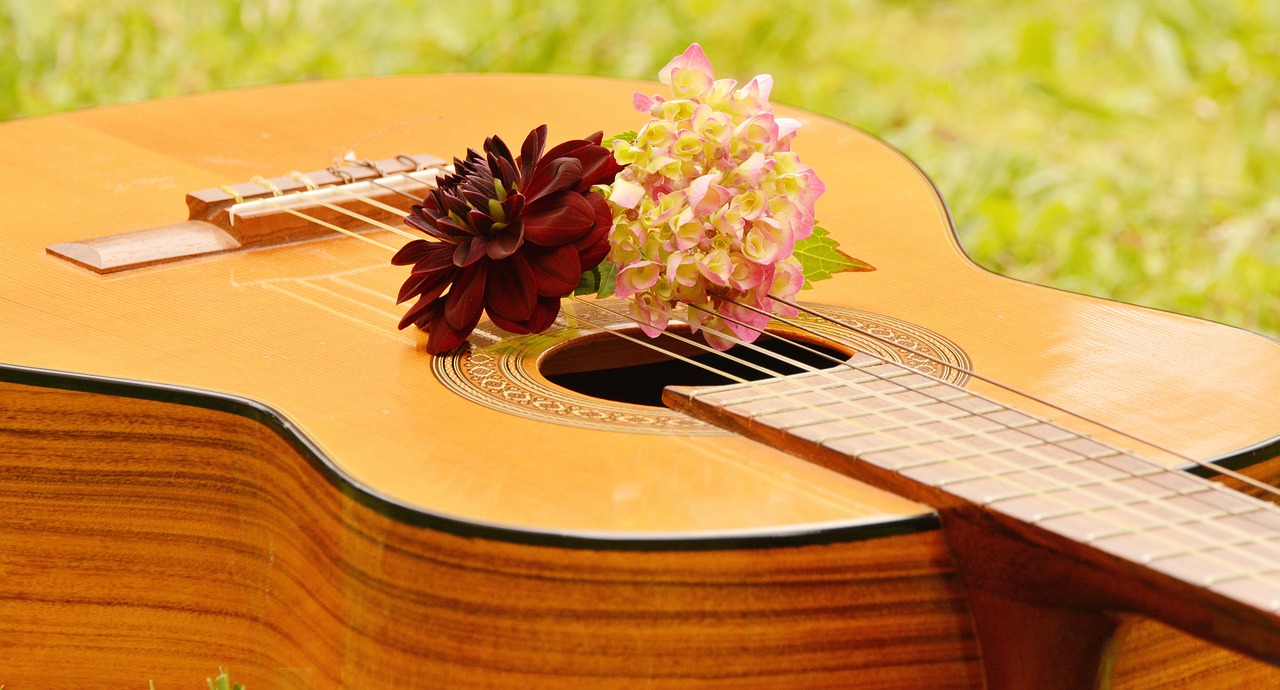As Afghanistan continues to rebuild after decades of war, cultural institutions and traditions are making a comeback. Particularly important to the continued resurgence of Afghan culture is the re-introduction of music into everyday life. Music has a long history in Afghanistan, and many instruments used in traditional songs and melodies are unique to the country.
As the Afghan people rediscover their love of music, a new generation is being introduced to the instruments and styles of music that have been a part of the nation’s rich heritage for centuries. At the same time, people outside Afghanistan are beginning to appreciate the country’s musical history.
Traditional Instruments of Afghanistan
Rubab
The national instrument of Afghanistan, the rubab can be traced back to the 7th century. This carved, wooden double lute has a body made of a single piece of wood and a hollow, bowl-shaped chamber covered by a membrane. Traditionally made from the trunk of a mulberry tree or out of rosewood, with a covering of goat skin, these beautiful instruments are featured in many classical and traditional songs. With 21 strings, the rubab is known as “the lion of instruments” and is a favored instrument among classical Afghan musicians.
Tamboor
Another stringed instrument, the tamboor consists of a hollow wooden shell with metal strings. Large tamboors have 18 strings, with corresponding pegs and nuts made of ivory.
Tabla
A percussion instrument, the tabla is a pair of drums that are tunable and played by hand. Made of wood with a thin skin covering, the tabla may be tuned to a precision pitch.
Bayan
Another percussion instrument, the bayan is similar to the tabla, but is made of metal. Musicians can change the pitch of the bayan by altering the pressure of their hand on the skin of the drum.
Harmonium
Originally from India, this traditional instrument is played by blowing into a mouthpiece. Using a series of fingerholes and keys, the musician can alter the pitch of the sound.
Tula
A wooden flute-like instrument, the tula has six fingerholes on the front of the instrument and one thumbhole on the back. Using different air pressure and covering different holes with their fingers, the musician can play a variety of melodies.
Zirbaghali
A single-headed drum, the body of the zirbaghali is made of wood or pottery. Shaped similar to an hourglass, the drum has a wide head with a smaller base. The drum head is made of goat skin and is often painted with a black circle. The body of the drum may be covered with silver, gold and or bright strips of cloth. Often, craftsmen or the musician will add an “eye” to the base of the drum.
Doyra
The doyra is a percussion instrument that originated in Turkic cultures in Central Asia.
One of the oldest forms of instruments, the doyra is unique in that it was originally played predominantly by women, although men now play it too. Evidence suggests that musicians originally played the instrument with special sticks, but today the doyra is usually played by hand. Often, special dances or other ritual performances accompany the playing of the doyra.
Music in Afghanistan’s Future
The future of traditional music in Afghanistan is in question. In many areas, there are few musicians remaining who know how to play the traditional instruments described above. Those who remain tend to be older, less mobile, and living in more isolated areas. In addition, it’s difficult to attract new students to learn a style of music few people know, and mastering these instruments can take decades. However, maintaining the cultural knowledge of the performance of these instruments is a vital part of preserving Afghanistan’s heritage.
Another challenge for Afghanistan’s musical revival is the economy. Many schools lack the funds to provide music lessons to students, and many craftsmen cannot afford the cost of materials to make instruments. Little government funding is available to rebuild performance halls or to provide grants for traditional musicians. However, as Afghans rebuild their economy, support for traditional music is growing.
For instance, in 2010, Dr. Ahmad Sarmast founded the Afghanistan National Institute of Music, which is dedicated to providing top quality musical education to promising young Afghans—particularly orphaned children, girls, children who work on the streets, and other vulnerable groups. Some of the Institute’s other goals include reviving and preserving Afghanistan’s musical heritage, and leading cultural diplomacy efforts between the country and other nations. According to its website, the Institute now has more than 100 young students who are learning to play the rubab, tamboor, tabla, zirbaghali, tula, and other traditional instruments.

